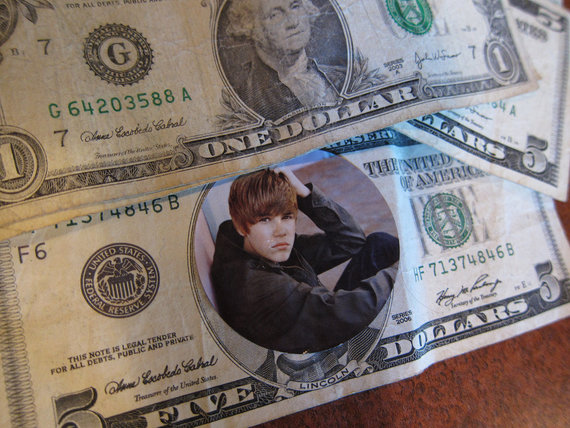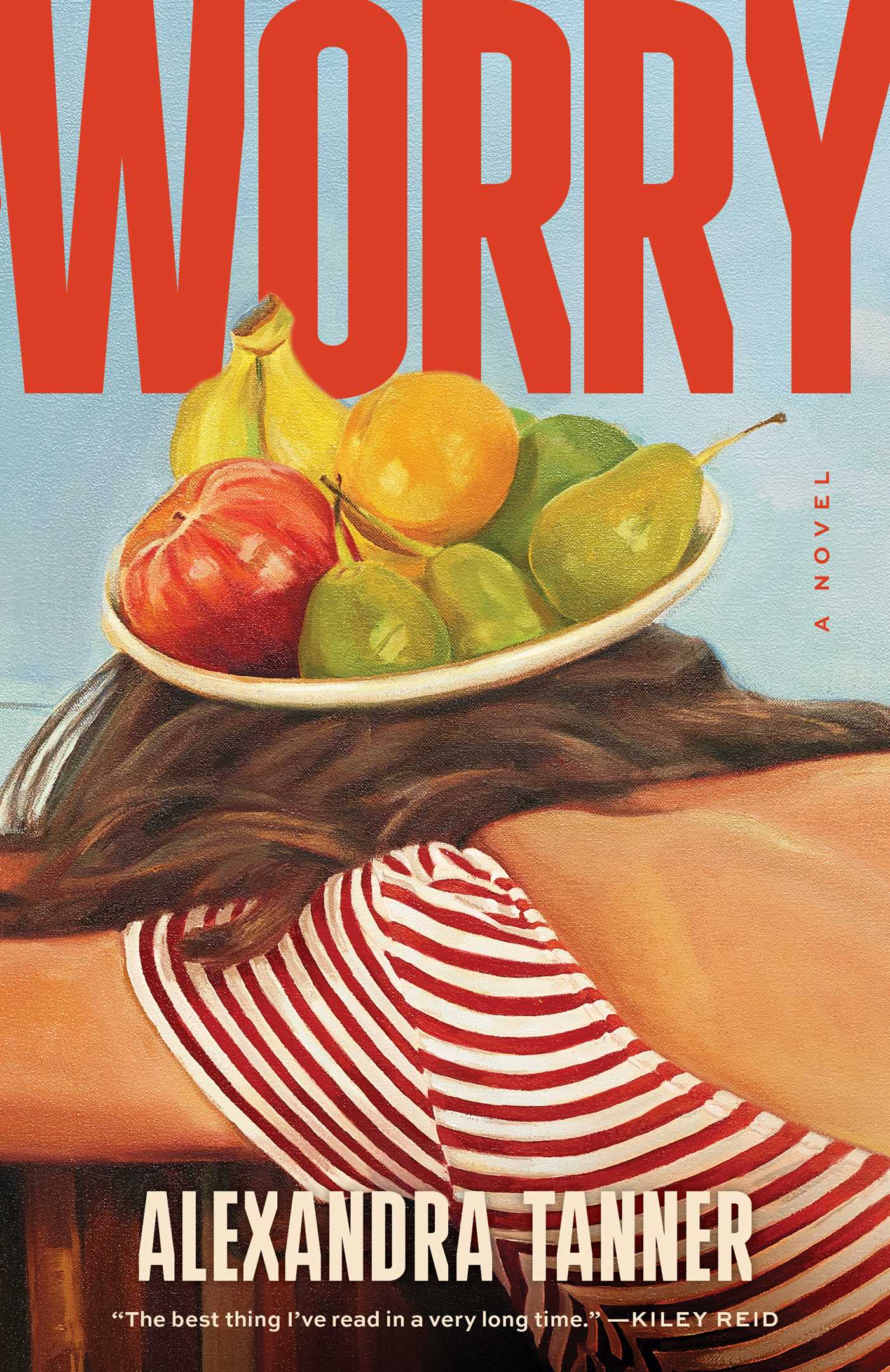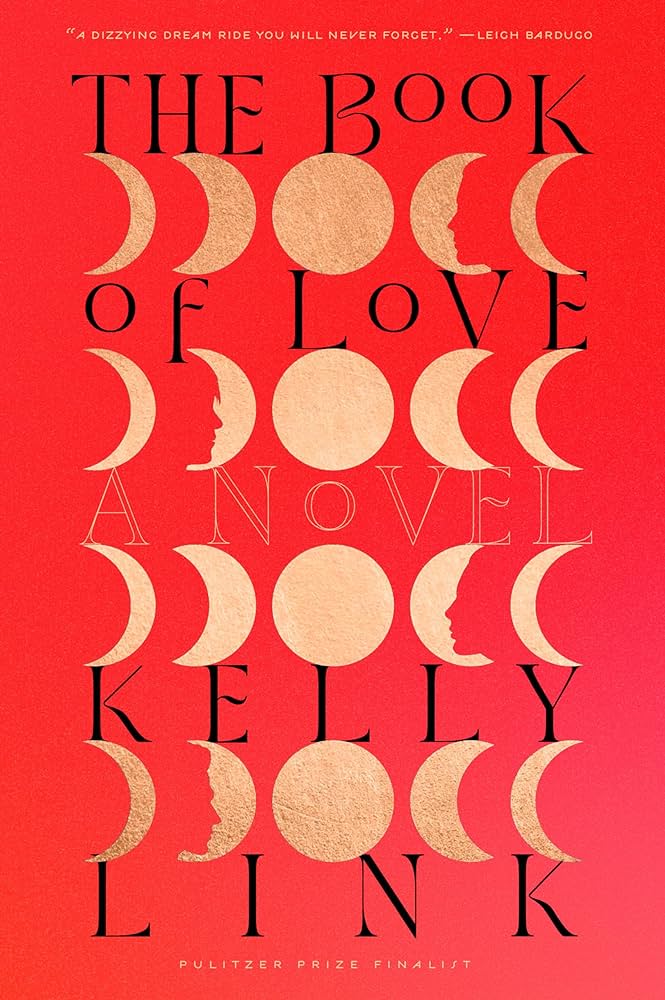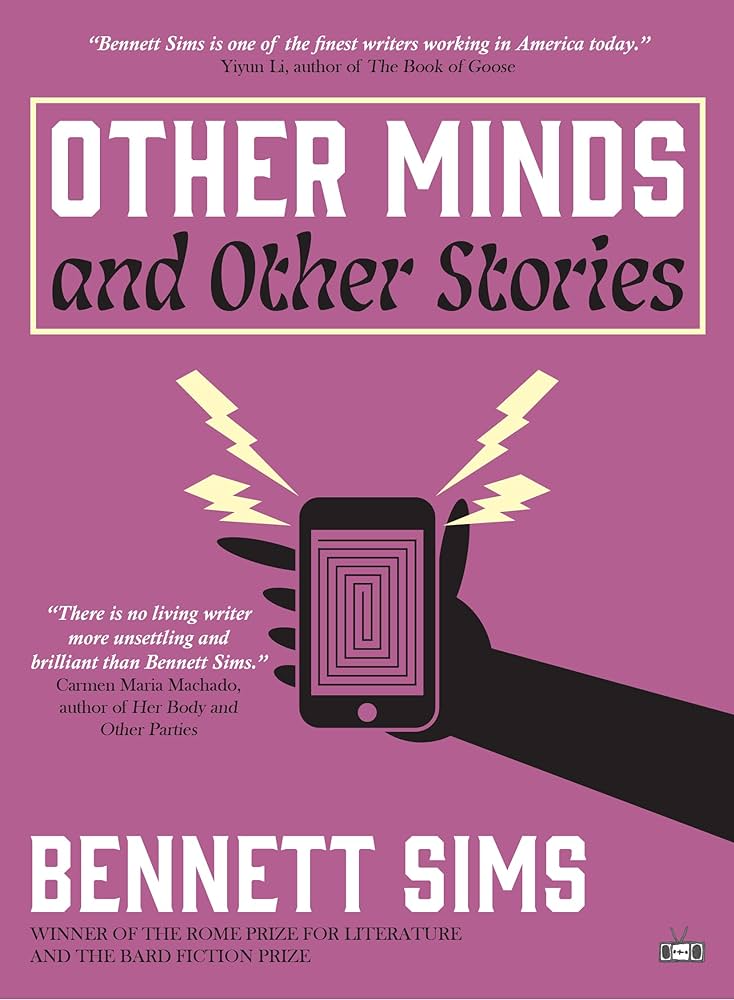
1.
J: What r u doing tomorrow night want to go to a concert with me at Madison sq garden?
Me: No plans as of yet. Quite possibly? What concert?
J: One Direction. Don’t laugh! But I can’t think of a person who I would have a better time at a 15 year old Brit boy band concert with. Think of it as anthropological study!!
Me: OH MY GOD YES.
Me: NOT BEING IRONIC.
A few weeks before Christmas, a friend invited me to the One Direction concert at Madison Square Garden. There were two distinct groups in attendance that evening: fans, ages 7-17, with a little wiggle room on either side, glowing and jumping and shrieking their hearts out, even when there was no one was onstage; and chaperones, ages 35-55ish, fondly exasperated and slapping down $9.50 — the price of a Bud Lite — on concessions counters across the arena with an extreme sense of purpose. For me, it was all a little surreal, I guess. I am 28 years old.
But wait — it’s probably best to pause straight away and unabashedly reject any lingering embarrassment over attending the concert: I sang along, I danced a bit, and I cheered enthusiastically, though I found myself physically incapable of matching the testing-the-limits-of-the-human-hearing-range screams of the assembled crowd. The boys put on a good show. For the uninitiated, One Direction (1D!!!) are a classic Simon Cowell product, a quintet of teenagers packaged together from individual auditions for The X Factor in 2010, and in the past two years, through the force of collective charisma, catchy pop singles, frankly spectacular hair, and a skillful marketing juggernaut, they’ve become the most successful group in the world. When I asked that same friend whether I needed to explain the band here, she wrote in a Facebook message, “haha no. they are the five most beautiful brits on earth.”
It’s both short-sighted and a little curmudgeonly to sit at a One Direction concert and marvel at the “kids these days,” though I’ll admit that when I was ages 7-17, I’m pretty sure that I never felt like any of my peers were literally about to fall to pieces over the Backstreet Boys, or Hanson — though maybe I just had the wrong friends. The night at MSG felt more like the Ed Sullivan Show with laser lights and balloons full of confetti — girls cast in black and white, trembling and jittery and ear-splittingly loud as they swooned over The Beatles, The Stones, and all those bands that never made it past 1964. One Direction plays up their Britishness — their new album cover involves a top hat, a bow tie, and one boy hoisting another up onto a red telephone box — which partly feels like a nod to (or, perhaps, a pale imitation of) the transatlantic sensations of half a century ago. Mick Jagger recently drew those comparisons himself: after watching a One Direction concert on television, he said, “It reminded me very much of our early concerts, when we were pushed around among the audience and we would kind of float. [T]hey were like, floating above the audience, and they looked like, really distinctly uncomfortable…It was a very funny moment, because it was very similar to the things we’ve been through.”
So it was fitting, then, that just a week prior, I’d gotten drawn into watching Crossfire Hurricane, the new HBO-produced documentary about The Rolling Stones. It was entertaining all along, but for me, one segment was extraordinary: half an hour in, after a rapid-fire montage of clips of the early Stones and commercial images of the mid-1960s, we come to a young Mick Jagger in an ascot, sitting smugly beside a vaguely German man who’s theorizing about the singer’s rapturous fan base. “When these girls pounce upon Mick and seem to want to tear him to pieces, it’s not essentially an act of aggression,” the expert suggests, “but rather an act of devouring him. They want to incorporate his essence. It’s a sort of fetishism which has more in common with people collecting the relics of saints, as they did in the ancient past. There’s really no break with the ancient tradition — it’s just a question of form.” The camera cuts over to Jagger, and the look on his face is inscrutable for a moment, before he hunches down to light a cigarette, and the expert goes on, “I’ve seen this with the most marvelous, dramatic intensity, with two or three thousand young girls in Manchester, and these girls, they wept, they were possessed by the spirit — and I may add that all their little panties were soaking wet at the end. I mean, the complete physical and mental absorption.”
The camera’s back on Jagger as he smirks at the last bit, agreeing with the assessment, but then he spins the analysis away from fan girls. “I think what’s more interesting is that in this country, the audience is indeed all girls and they do behave in this way, but in the rest of the world, this isn’t true. In lots of places, they’re nearly all boys. With the boys, it erupts, you know, much more aggressively. And they use it to have a great fight with the police. And they just beat the police up. As a show of sort of strength. Or a show of dissatisfaction. Or something.” Underneath it all, the first strains of “Paint It Black” start pulsing through, until they cut away, to shots of young boys pounding the stage, half gleeful, half infuriated.
If there is one thing that’s pretty damn hard to find at a One Direction concert, it’s boys. And even harder to find there, amongst any gender, is a show of dissatisfaction.
2.
If Britain has conquered the early-21st-century boy band, we’ve got the indisputable solo prince of pop here in America. Well, actually, Justin Bieber is Canadian. I could claim him for North America, but that doesn’t really seem necessary. Bieber is an American product: after the small-town childhood and the single-mother upbringing, he was a near-overnight YouTube phenomenon at 13 — a phenomenon carefully fostered and orchestrated by recording-industry superstars. Bieber’s success is staggering but strangely focused: he wholly absorbs his target demographic, without much penetration beyond. A decade or two removed from that fan base, I know him for his fame alone — the only song I could’ve sung along with before starting this piece is the one that repeats the word “baby” about 500 times (title: “Baby”). And this is coming from a person who really enjoyed a One Direction concert.
 But maybe that ubiquitous fame is all that really matters. That’s where we start with Teddy Wayne’s new novel, The Love Song of Jonny Valentine, whose eponymous protagonist is clearly drawn from a Bieber archetype — sometimes the satirical masking feels so light that it’s hard to imagine that reality is much different. The superficial details of his life match his counterpart: raised by a single mother in St. Louis, he, too, was discovered on YouTube and promptly snapped up by a major record label. We meet him in the middle of his second tour, which doesn’t seem to be going as well as his first, with his mother and manager, Jane, and a small cast of handlers — bodyguard, choreographer, and tutor, the latter of whom helpfully assigns Jonny a series of slave narratives to read. The strictness of his regime is painfully clear from the start.
But maybe that ubiquitous fame is all that really matters. That’s where we start with Teddy Wayne’s new novel, The Love Song of Jonny Valentine, whose eponymous protagonist is clearly drawn from a Bieber archetype — sometimes the satirical masking feels so light that it’s hard to imagine that reality is much different. The superficial details of his life match his counterpart: raised by a single mother in St. Louis, he, too, was discovered on YouTube and promptly snapped up by a major record label. We meet him in the middle of his second tour, which doesn’t seem to be going as well as his first, with his mother and manager, Jane, and a small cast of handlers — bodyguard, choreographer, and tutor, the latter of whom helpfully assigns Jonny a series of slave narratives to read. The strictness of his regime is painfully clear from the start.
At only 11, Jonny is a good deal younger than your average teen pop icon, which serves to make the impact of his megastardom all the more extreme. His general confusion reads like the classic child star narrative, pre-adolescence deeply muddled by fame: he has more knowledge of the adult world than any child ought to have, but in other matters, he’s achingly clueless. He prides himself on his accuracy pinpointing adults’ exact ages and weights — and between stringent calorie-counting and pre-show vomiting, it’s clear he’s got an eating disorder himself. His only frame of reference for friendship seems to be the single good friend he left behind in St. Louis, and he has to substitute his good-natured, middle-aged bodyguard for both best friend and father figure. He relies on a video game, “The Secret Land on Zenon,” for distraction and as a template for making sense of the world. And when he speaks, mostly in internal first-person narration, we get a mix of normal, if slightly awkward 11-year-old boy and strange corporate recording-industry drone — a walking embodiment of a marketing plan presented to him, “JONNY VALENTINE 2.0 BRAND-EXTENSION STRATEGY” — parroting adult voices with hollow certainty. It’s this juxtaposition that gives Jonny poignancy. When he returns to St. Louis for the first time, he pauses before an interview on a national morning show:
Being a consummate professional means doing your job when you don’t want to, so I sucked it up and pasted on a huge smile when the camera light blinked and Robin introduced me as America’s Angel of Pop and the girls screamed like they were getting attacked and I got ready to give answers in Auto-Tune mode, where they sound right but have nothing behind them.
Jonny is quick to scrub away self-pity with self-chastisement, and it all works to make him a deeply likable and thoroughly heartbreaking character. He is being mismanaged on every level, and whether that’s a critique of the personal or the professional is impossible to sort out, because they’re so intricately entwined. Much of the blame should land squarely on the culture at large — and that, of course, is the main target of Wayne’s satire. We get snippets of media, articles that ring uncomfortably true across a range of publications, and we get Internet comment threads full of celebratory snark after a man tries to assault Jonny during a concert. “It’s like people are afraid to be the first one to be an asshole, but once some others clear the way, they get super-excited about it,” he thinks. “Except with most blogs, the blogger himself is the biggest asshole, so all the commenters think it’s okay to write whatever they want from the start.”
It’s air-tight satire, particularly because Wayne doesn’t have to do much to alter modern-day America — we’re admittedly a bunch of celebrity-sucking vampires, after all, just as so many celebrities jump to bare their necks to us — and as the narrative rings true, the boy Jonny’s forced to mold himself into becomes all the more tragic. He lives a deeply false life, but our complacency in this, whether we’re teeny-boppers or not, lends us that same cheapness. It’s masterfully done, but it does leave us mired in the age-old questions of celebrity and authenticity, wondering what about any of this is new.
3.
And then there are the Latchkeys. The opening act on Jonny’s tour is a four-piece band of 20-somethings, with “literate” and sexuality explicit lyrics and a heartthrob lead singer, Zack Ford, whose female teenage fans overlap with the older end of Jonny’s demographic. Zack plays a lot of roles in the novel: an older brother for Jonny; an idol and a role model, usurping Tyler Beats, the Justin Timberlake figure who looms in Jonny’s mind as a benchmark for enduring pop stardom; a well-meaning bad influence, slipping whiskey into ginger ale under the table; and, occasionally, a homoerotic point of focus as Jonny grapples with puberty. And perhaps most importantly, Zack is a foil, as Jonny haltingly stumbles over questions of authenticity and the definition of success. Because Zack is working through the questions that Jonny can sense but can’t yet articulate: he worships The Clash’s “Complete Control,” to the chagrin of his band-mates. “They said we’d be artistically free / When we signed that bit of paper.”
The Latchkeys are described disdainfully by a minor character as “corporate indie rock for the masses. The Urban Outfitters of bands,” despite Jonny’s defensive protests that they weren’t, in this girl’s words, “cooked up in some music laboratory by a group of record executives to sound exactly like it wasn’t,” just a bunch of college friends that had made it big. But in a way, the distinction no longer matters. And she says as much — when she accuses the band of being “rich white boys” and Jonny talks about Zack’s working-class roots, she says, “He’s rich now. All that matters is what you are now.”
Does it matter to us how culture is made? Won’t we swallow the cooked-up laboratory celebrity just as easily as the authentic talent? And does it even matter if, like Jonny, it’s a case of both? The past decade has seen the conversation surrounding “reality” reach a fever pitch; the children born and raised under the shadow of this conversation must inevitably turn to Jonny Valentine, or Justin Bieber, or whoever else ticks all the right boxes, as brand strategists figure out which boxes matter the most. As long as we take our cues from them, nothing changes.
Mick Jagger, who once said, “I’d rather be dead than singing ‘Satisfaction’ when I’m 45,” turns 70 this July. Tickets for a string of Rolling Stones 50th anniversary concerts last autumn sold for thousands of pounds online. “Everybody all right in the cheap seats?” Jagger asked at the O2 Arena in London last November. “They aren’t so cheap though, are they? That’s the trouble.” There’s another moment in Crossfire Hurricane, in which an off-screen interviewer probes a black turtlenecked-Jagger about his appeal to young people. The camera stays tight on his face.
Interviewer: Why, then, if you think that most of your work is about dissatisfaction and so on, why do you think you’re so popular?
Mick Jagger: Because most young people are dissatisfied.
I: In what way?
MJ: With the generation which they think is running their lives.
I: What things are you dissatisfied with?
[and here Jagger gazes off-screen for a moment, his brow furrowing in thought, before looking straight at the camera, like he’s telling the punch line to the world’s most serious joke]
MJ: The generation that runs our lives.
Image source: waitscm








